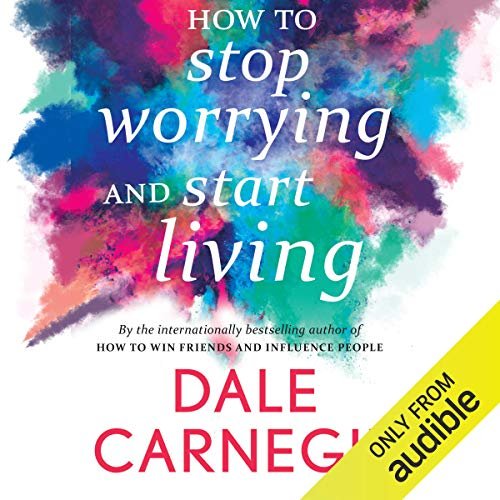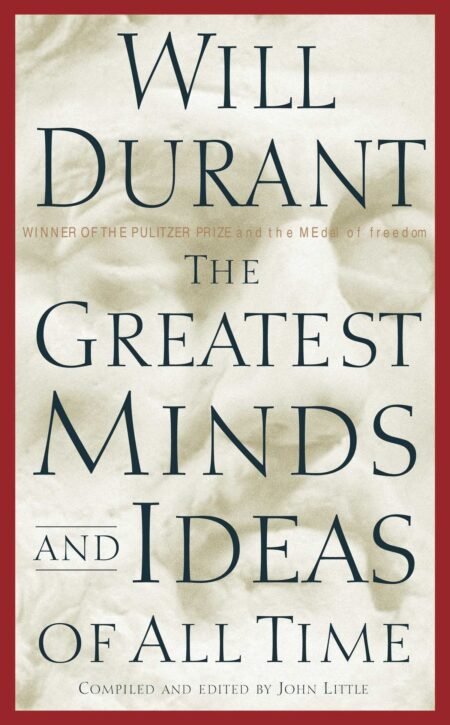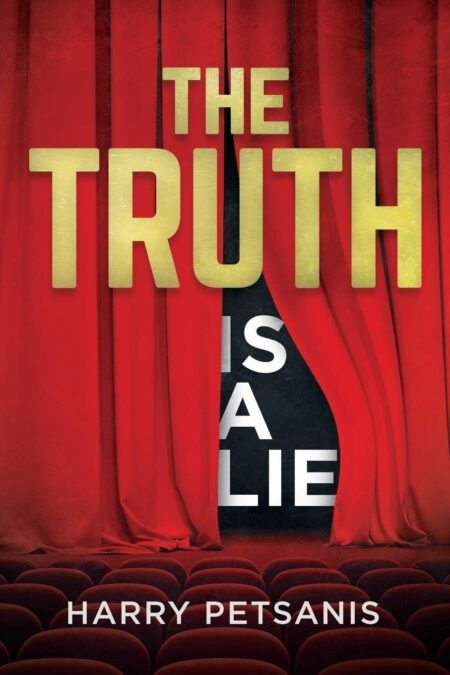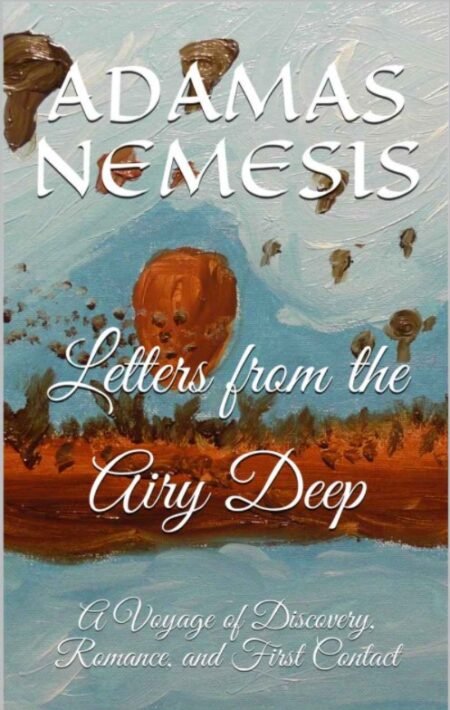Description
Product details
| Listening Length | 9 hours and 42 minutes |
|---|---|
| Author | Dale Carnegie |
| Narrator | Avinash Kumar Singh |
| Audible.in Release Date | 11 July 2018 |
| Publisher | Audible Studios |
| Program Type | Audiobook |
| Version | Unabridged |
| Language | English |
| ASIN | B07FCSJ6VZ |
| Best Sellers Rank | #171 in Personal Development & Self-Help (Books) |
Product description
Amazon.com Review
Book Description
Product Description
About the Author
Excerpt. © Reprinted by permission. All rights reserved.
In 1909, I was one of the unhappiest lads in New York. I was selling motor trucks for a living. I didn’t know what made a motor truck run. That wasn’t all: I didn’t want to know. I despised my job. I despised living in a cheap furnished room on West Fifty-sixth Street — a room infested with cockroaches. I still remember that I had a bunch of neckties hanging on the walls; and when I reached out of a morning to get a fresh necktie, the cockroaches scattered in all directions. I despised having to eat in cheap, dirty restaurants that were also probably infested with cockroaches.
I came home to my lonely room each night with a sick headache — a headache bred and fed by disappointment, worry, bitterness, and rebellion. I was rebelling because the dreams I had nourished back in my college days had turned into nightmares. Was this life? Was this the vital adventure to which I had looked forward so eagerly? Was this all life would ever mean to me — working at a job I despised, living with cockroaches, eating vile food — and with no hope for the future?…I longed for leisure to read, and to write the books I had dreamed of writing back in my college days.
I knew I had everything to gain and nothing to lose by giving up the job I despised. I wasn’t interested in making a lot of money, but I was interested in making a lot of living. In short, I had come to the Rubicon — to that moment of decision which faces most young people when they start out in life. So I made my decision — and that decision completely altered my future. It has made the rest of my life happy and rewarding beyond my most Utopian aspirations.
My decision was this: I would give up the work I loathed; and, since I had spent four years studying in the State Teachers College at Warrensburg, Missouri, preparing to teach, I would make my living teaching adult classes in night schools. Then I would have my days free to read books, prepare lectures, write novels and short stories. I wanted “to live to write and write to live.”
What subject should I teach to adults at night? As I looked back and evaluated my own college training, I saw that the training and experience I had had in public speaking had been of more practical value to me in business — and in life — than everything else I had studied in college all put together. Why? Because it had wiped out my timidity and lack of self-confidence and given me the courage and assurance to deal with people. It had also made clear that leadership usually gravitates to the man who can get up and say what he thinks.
I applied for a position teaching public speaking in the night extension courses both at Columbia University and New York University, but these universities decided they could struggle along somehow without my help.
I was disappointed then — but now I thank God that they did turn me down, because I started teaching in YMCA night schools, where I had to show concrete results and show them quickly. What a challenge that was! These adults didn’t come to my classes because they wanted college credits or social prestige. They came for one reason only: they wanted to solve their problems. They wanted to be able to stand up on their feet and say a few words at a business meeting without fainting from fright. Salesmen wanted to be able to call on a tough customer without having to walk around the block three times to get up courage. They wanted to develop poise and self-confidence. They wanted to get ahead in business. They wanted to have more money for their families. And since they were paying their tuition on an installment basis — and they stopped paying if they didn’t get results — and since I was being paid, not a salary, but a percentage of the profits, I had to be practical if I wanted to eat.
I felt at the time that I was teaching under a handicap, but I realize now that I was getting priceless training. I had to motivate my students. I had to help them solve their problems. I had to make each session so inspiring that they wanted to continue coming.
It was exciting work. I loved it. I was astounded at how quickly these businessmen developed self-confidence and how quickly many of them secured promotions and increased pay. The classes were succeeding far beyond my most optimistic hopes. Within three seasons, the YMCAs, which had refused to pay me five dollars a night in salary, were paying me thirty dollars a night on a percentage basis. At first, I taught only public speaking, but, as the years went by, I saw that these adults also needed the ability to win friends and influence people. Since I couldn’t find an adequate textbook on human relations, I wrote one myself. It was written — no, it wasn’t written in the usual way. It grew and evolved out of the experiences of the adults in these classes. I called it How to Win Friends and Influence People.
Since it was written solely as a textbook for my own adult classes, and since I had written four other books that no one had ever heard of, I never dreamed that it would have a large sale: I am probably one of the most astonished authors now living.
As the years went by, I realized that another one of the biggest problems of these adults was worry. A large majority of my students were businessmen — executives, salesmen, engineers, accountants: a cross section of all the trades and professions — and most of them had problems! There were women in the classes — businesswomen and housewives. They, too, had problems! Clearly, what I needed was a textbook on how to conquer worry — so again I tried to find one. I went to New York’s great public library at Fifth Avenue and Forty-second Street and discovered to my astonishment that this library had only twenty-two books listed under the title WORRY. I also noticed, to my amusement, that it had one hundred eighty-nine books listed under WORMS. Almost nine times as many books about worms as about worry! Astounding, isn’t it? Since worry is one of the biggest problems facing mankind, you would think, wouldn’t you, that every high school and college in the land would give a course on “How to Stop Worrying”? Yet, if there is even one course on that subject in any college in the land, I have never heard of it. No wonder David Seabury said in his book How to Worry Successfully: “We come to maturity with as little preparation for the pressures of experience as a bookworm asked to do a ballet.”
The result? More than half of our hospital beds are occupied by people with nervous and emotional troubles.
I looked over these twenty-two books on worry reposing on the shelves of the New York Public Library. In addition, I purchased all the books on worry I could find; yet I couldn’t discover even one that I could use as a text in my course for adults. So I resolved to write one myself.
I began preparing myself to write this book seven years ago. How? By reading what the philosophers of all ages have said about worry. I also read hundreds of biographies, all the way from Confucius to Churchill. I also interviewed scores of prominent people in many walks of life, such as Jack Dempsey, General Omar Bradley, General Mark Clark, Henry Ford, Eleanor Roosevelt, and Dorothy Dix. But that was only a beginning.
I also did something else that was far more important than the interviews and the reading. I worked for five years in a laboratory for conquering worry — a laboratory conducted in our own adult classes. As far as I know, it was the first and only laboratory of its kind in the world. This is what we did. We gave students a set of rules on how to stop worrying and asked them to apply these rules in their own lives and then talk to the class on the results they had obtained. Others reported on techniques they had used in the past.
As a result of this experience, I presume I have listened to more talks on “How I Conquered Worry” than has any other individual who ever walked this earth. In addition, I read hundreds of other talks on “How I Conquered Worry” — talks that were sent to me by mail — talks that had won prizes in our classes that are held throughout the world. So this book didn’t come out of an ivory tower. Neither is it an academic preachment on how worry might be conquered. Instead, I have tried to write a fast-moving, concise, documented report on how worry has been conquered by thousands of adults. One thing is certain: this book is practical. You can set your teeth in it.
“Science,” said the French philosopher Valéry, “is a collection of successful recipes.” That is what this book is: a collection of successful and time-tested recipes to rid our lives of worry. However, let me warn you: you won’t find anything new in it, but you will find much that is not generally applied. And when it comes to that, you and I don’t need to be told anything new. We already know enough to lead perfect lives. We have all read the golden rule and the Sermon on the Mount. Our trouble is not ignorance, but inaction. The purpose of this book is to restate, illustrate, streamline, air-condition, and glorify a lot of ancient and basic truths — and kick you in the shins and make you do something about applying them.
You didn’t pick up this book to read about how it was written. You are looking for action. All right, let’s go. Please read Parts One and Two of this book — and if by that time you don’t feel that you have acquired a new power and a new inspiration to stop worry and enjoy life — then toss this book away. It is no good for you.
Dale Carnegie
Copyright 1944, 1945, 1946, 1947, 1948 by Dale Carnegie. Copyright renewed.
Copyright © 1984 by Donna Dale Carnegie and Dorothy Carnegie




